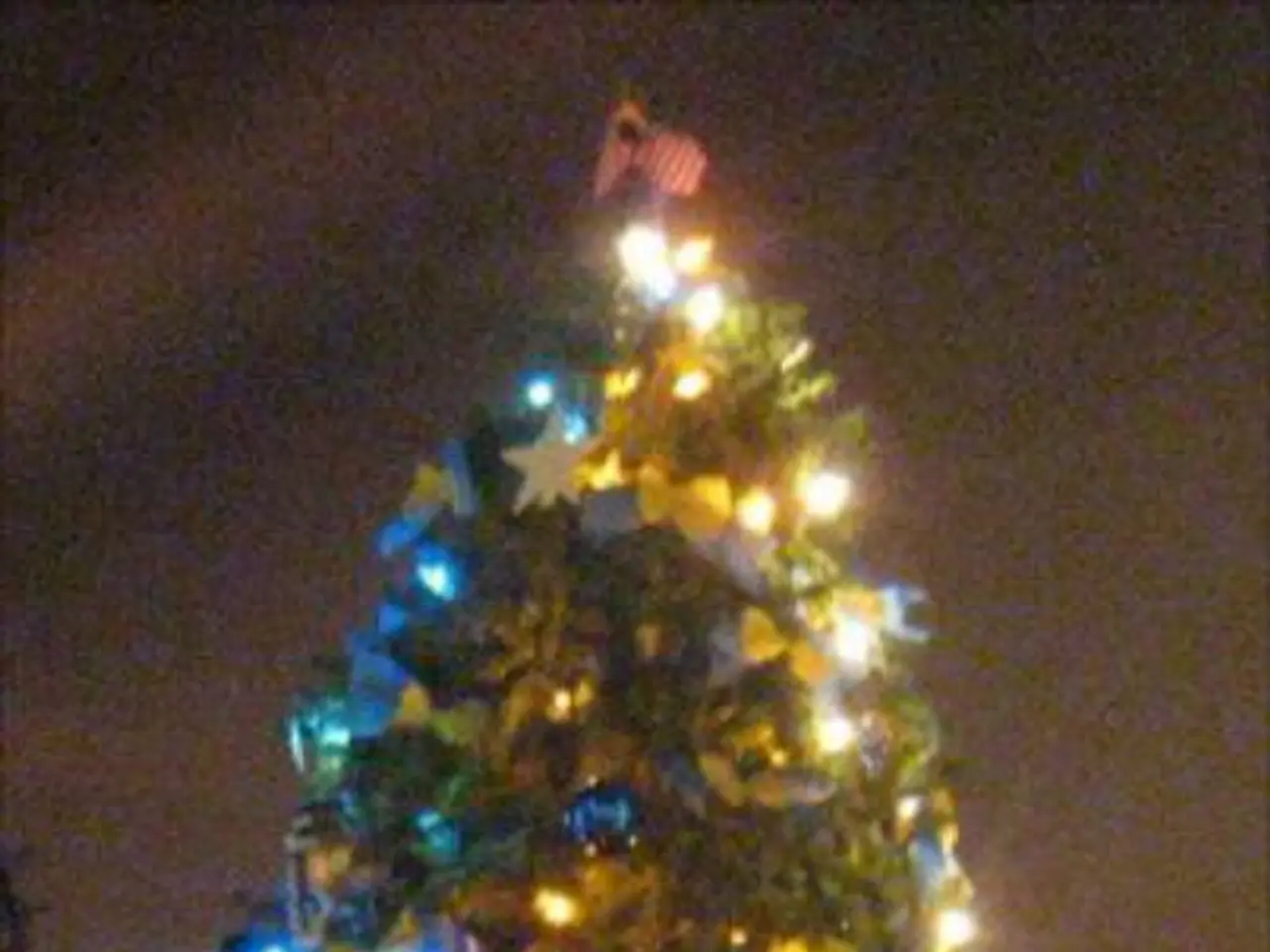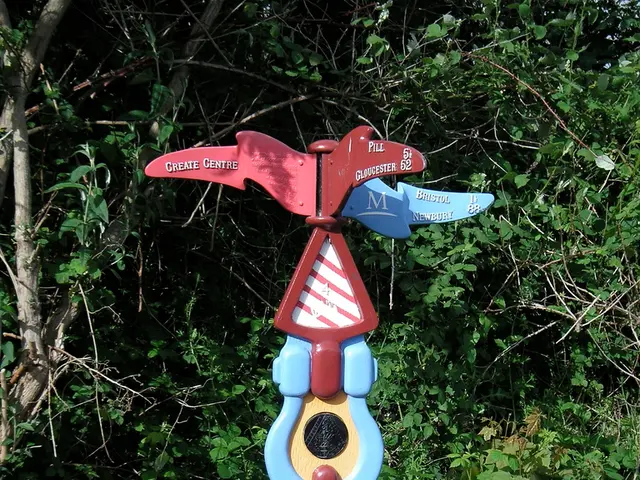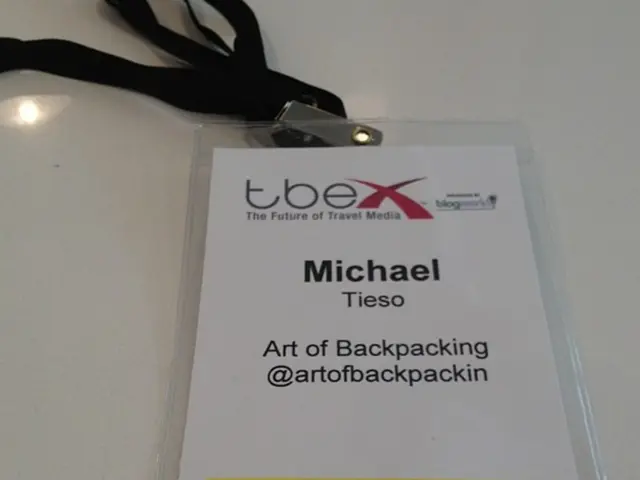Unveiling the Fascinating Historical Roots of Christmas Customs: A Riveting Exploration of 10 Long-Lost Practices
In the heart of winter, various traditions and customs fill our homes with warmth and joy as we celebrate the holiday season. From the hanging of Christmas stockings to the opening of advent calendars, these practices have evolved over time, blending ancient customs with modern holiday celebrations.
The tradition of hanging Christmas stockings can be traced back to the legend of Saint Nicholas. According to the story, the saint secretly gave gifts to children by placing gold coins into their stockings that were hung by the fireplace to dry. This act of generosity is believed to have inspired the custom of children hanging stockings on Christmas Eve, hoping to find them filled with gifts by Santa Claus the next morning.
This tradition has also been influenced by other cultural customs. For instance, in Italy, the Befana, an old woman, fills children's stockings with gifts on Epiphany (January 6), a tradition linked to the visit of the Three Wise Men to baby Jesus.
Over time, the practice evolved into the Christmas custom of putting small presents or "stocking stuffers" inside the stockings hung by the chimney or mantelpiece, a tradition especially common in the United States and Canada.
Another holiday tradition that has its roots in antiquity is the Yule log. Originating from ancient Scandinavia, the Yule log was a central feature of pagan midwinter celebrations, symbolizing warmth, protection, and the return of the sun. When Christianity spread, the Yule log was incorporated into Christmas traditions, particularly in Northern Europe, as a symbol of light overcoming darkness.
French pastry chefs transformed the Yule log tradition into the bûche de Noël, a sponge cake rolled to resemble a log and decorated with frosting to mimic bark. This dessert became a popular Christmas treat, blending ancient customs with modern holiday celebrations.
The advent calendar, a countdown to Christmas, began in 19th-century Germany as a way for families to mark the days until the holiday. The first commercially produced calendar was introduced by Gerhard Lang in 1908. In the mid-20th century, British and American companies like Cadbury began mass-producing calendars featuring tiny chocolates.
Gift wrapping, another beloved holiday tradition, originated in ancient Asia, with the practice of wrapping gifts in furoshiki cloths dating back to 8th-century Japan. The modern gift wrap industry was popularized in the West in 1917 by Joyce and Rollie Hall, founders of Hallmark.
The Christmas card tradition began in 1843, thanks to Sir Henry Cole, a British civil servant who wanted an easier way to send holiday greetings. Today, sending and receiving Christmas cards remains a cherished holiday tradition.
These holiday traditions, each with its unique history and cultural influences, bring a special charm to the holiday season. As we celebrate, let us remember the stories and customs that have been passed down through generations, and let us create new memories to be shared with future generations.
- The tradition of the Yule log, originating from ancient Scandinavia, has been transformed into the buʻche de Noël, a popular French dessert widely enjoyed during the Christmas season.
- In contrast to the ancient custom of the Yule log, the advent calendar, a countdown to Christmas, is a relatively modern tradition, originating in 19th-century Germany and popularized through mass production by British and American companies in the mid-20th century.
- Gift-giving, a significant part of today's holiday celebrations, can be traced back to Saint Nicholas, who secretly placed gifts in stockings hung by the fireplace to dry, a tradition that evolved into the modern custom of hanging stockings on Christmas Eve for Santa Claus to fill with gifts.
- The tradition of sending Christmas cards can be attributed to Sir Henry Cole, a British civil servant who introduced the practice in 1843 as an easier way to send holiday greetings.
- Throughout history, various forms of entertainment, ranging from food-and-drink to fashion-and-beauty, education-and-self-development, general-news, and lifestyle talks, have played essential roles in spreading holiday cheer and creating cherished memories during the holiday season.




